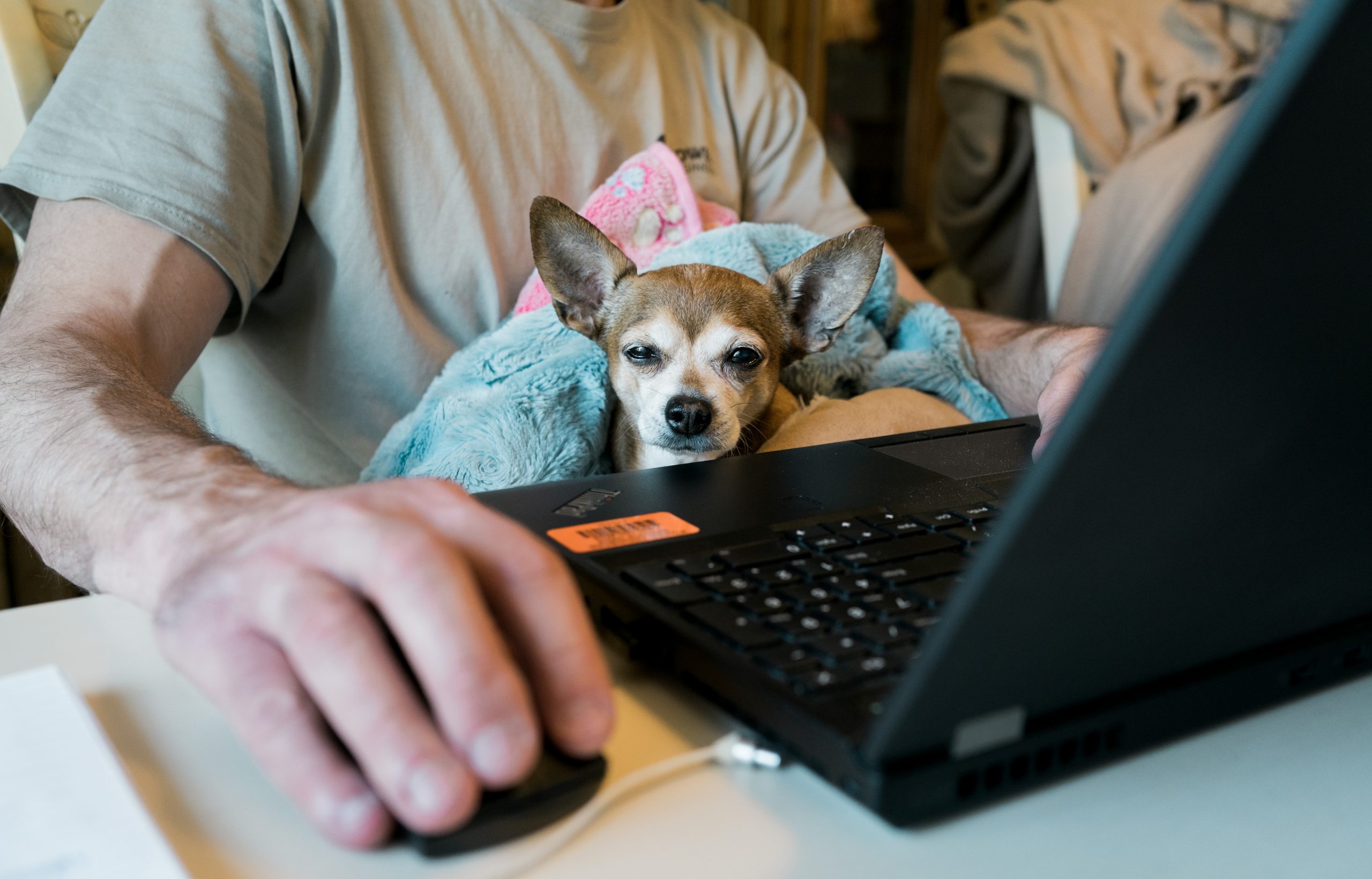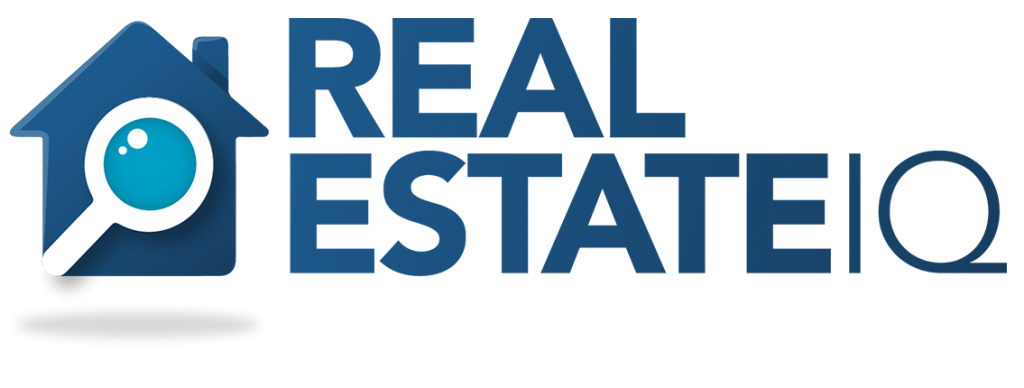
Related Link : Love it or Hate it? “Work-from-Home and Real Estate Investing” Relationship – Part 1
In the first part of this blog, we examined the new work-from-home trend and the beauty that it brings to the table.
From the benefits to the companies and employees alike, to the exciting changes that entangle with it, we are indeed moving forward to a new era of corporate innovations.
But what lies behind the glittering promises of this new trend? What danger lurks within its boundaries and how will it shape the relationship between working remotely and the real estate business?
The Unforeseen Risks
As the coronavirus keeps spreading, employers are convinced remote work has a bright future. However, decades of setbacks suggest otherwise which leads us to this evaluation of the substance of the remote work trend. So far, surveys show that employees are happily embracing the trend, but perhaps it will take more time to uncover some of the risks.
Three months after the coronavirus pandemic shut down offices, corporate America has concluded that working from home is working out. Many employees will be tethered to software applications like Zoom for the rest of their careers, their commute accomplished in seconds.
Companies large and small have been trying for decades to make working from home a successful venture. Apparently, some companies have tried a litmus test for the work-from-home set up some years ago and this small step toward telecommuting proved a disaster. Employees couldn’t be found when they were needed. The trials suggested that people work so much better when they’re all in the same physical space.
For instance, in the office, there is a physical hierarchy, such as corner offices, which are opaque in a remote work environment. But less tangible are the social and emotional benefits of connecting to colleagues that may have a bigger impact on work results. In a warning sign for managers, a good percentage of remote workers said they felt less connected to their company
IBM for instance conducted the same trial and error stage. In 2009, 40 percent of its 386,000 employees in 173 countries worked remotely. But in 2017, with revenue going all the way down, management called thousands of them back to the office.
Another setback for remote work was at Best Buy, the Minneapolis-based electronics retailer. The original program, which drew national attention, began in 2004. It acted as a corporate scheme to gauge employees by what they accomplished, not the hours a project took or the location where it was done. Best Buy killed the program in 2013, saying it gave the employees too much freedom. It led the company to believe that anyone who has led a team knows that task delegation is not always the most effective leadership style.
That corporate barometer has abruptly changed. Facebook expects up to half its workers to be remote as soon as 2025. Even as Facebook, Shopify, Zillow, Twitter, and many other companies are developing plans to let employees work remotely for good, the accounted experiences of pioneering companies are a reminder that the history of work from home setup has been stained with failure and catastrophes. The companies are striving forward but run the risk of the same negative fate.
Meanwhile, some traditional and conservative employers still believe in the power of conventional ways. For them, some of the best company decisions and insights were surprisingly made from hallways and cafeteria discussions, meeting new people, and impromptu team meetings.
Trends that were defining the future of work have been accelerated as organizations have had to adjust during the COVID-19 pandemic. The key question for organizations and companies now is not: ‘Can we work from home?’, but ‘Should we work from home and if so, to what extent and what are the implications we need to consider? This includes personal productivity, health, and wellbeing, employer liabilities, tax, culture, ways of working, technology as well as the design of the workplace.
Working from home is a corporate strategic move not to mention a tactical one that saves money. Moreover, a huge amount of it boils down to trust. How much do we trust our people?
Flexible work gives employees more freedom with their schedules but does not essentially change how they are managed. This is a moment when working can change for the better. We just need to redirect our goals and recalibrate our steps to create a different kind of work culture, where everyone is 100 percent accountable and 100 percent autonomous. We better manage the work, not the people.
But this glorious moment of corporate history is also a moment when working can change for the worse. These are desperate times and if you’re a manager, there is a temptation to supervise someone harder if you can’t see them. There’s an increase in managers looking at the possibility of having gray areas with an employer-employee relationship towards work.
Despite the things remote work can’t deliver, it has been predicted that the shift we are experiencing will last beyond the health risk of the pandemic.
Aftereffects on Real Estate
For decades, the biggest marker of prestige for a business was its property: an imposing, large-scale office building was the sign of a truly successful company. It’s an indicator proven by the towering skyline of New York City and the skyscraping establishments of Chicago in Illinois.
But this idea is changing, as increasing numbers of employees turn away from the traditional model of commuting every day into a central corporate headquarters. This is happening around the world – in the UK, for example, 15% of employees work from home, while in India the figure has already hit 50%. As a result, the decreasing number of workers using the traditional model is rendering these big, sole-occupancy office buildings a smaller part of the bigger picture. For brokers, this could be seen as a threat to their bottom line, as their portfolio of large, single-site offerings becomes more and more outdated.
With more people working from home, these have transitioned to new opportunities due to cheaper land, presenting lower home prices. No one would have thought that sometime in the future, there would be a distributed workforce upon us. People would start to realize that they didn’t need to commute an hour each way and that they could accomplish more from home and save the commute and the money.
Recent studies reveal that when and if these remote workers pack up for a more affordable location, no matter where these workers settle, it’s going to have a big rising-tide effect. But the truth is it doesn’t end there, not even the whole story – it’s also a rare opportunity to swivel your sales strategy and take advantage of the reshaped ideas about working. Using data gathered from the annual Great Big Survey (GBS), it was suggested that brokers can reshape their offering to capitalize on the increasing preference for flexibility in how – and where – we do our jobs.

Call to Action
Here are some highly possible scenarios we can expect from now on:
- People may become less tethered to more expensive work centers
- Workers may be willing to live farther from downtown.
- Demand for specific housing features will change.
As remote work and working from home increases, some are wondering whether it will eventually lead to an exodus from expensive cities to cheaper areas. Even if it doesn’t do so immediately, working outside the office is already having an impact on real estate, with the construction of more home offices and lounges in buildings; the rise of co-living facilities and a slowdown in mobility rates as some workers stop relocating for work.
The big corporate center is a traditional institution facing contemporary challenges – Brokers need to respond to companies’ needs for more agile solutions that match the flexibility and speed they expect elsewhere in their business.
Long-term market trends are turning against the traditional office deal – Companies are looking to reduce the amount of space they lease per worker – and brokers’ strategies should consider this.
Workers don’t like the traditional office – but some of them also don’t like working at home – It’s advantageous to be able to offer them a middle ground between the two, combining a short commute and easy accessibility with a professional, team-oriented environment.
The future of real estate investing involves selling workspace, not just offices – Offering flexible, scalable solutions as well as options for traditional long-term leases allows you to meet the needs of companies and their staff alike. Reinventing the deal can mean better cash flow and an improved bottom line – real estate investors aren’t just defending their business against a threat, they’ve got a real opportunity to find a better way of working for everyone – including themselves.
Real Estate IQ is a marketing intelligence company that is very receptive to change. We advocate minimal supervision but we target optimal results. That is our way of adopting mechanisms to the current global scenario.
We are always reminded that in the face of a seemingly challenging real estate adversity: Don’t just try to merely survive a market crash. Slay!
It’s hard not to get swept up in the panic when the stock market is going crazy, but it is a lot easier if you’re invested in real estate. Not only can you benefit from the incredible returns real estate offers, but you can also do so with half the volatility surrounding it.
Sources : https://www.hanleywood.com/ https://news.gallup.com/poll
Disclaimer: The blog articles are intended for educational and informational purposes only. Nothing in the content is intended as legal or financial advice.

